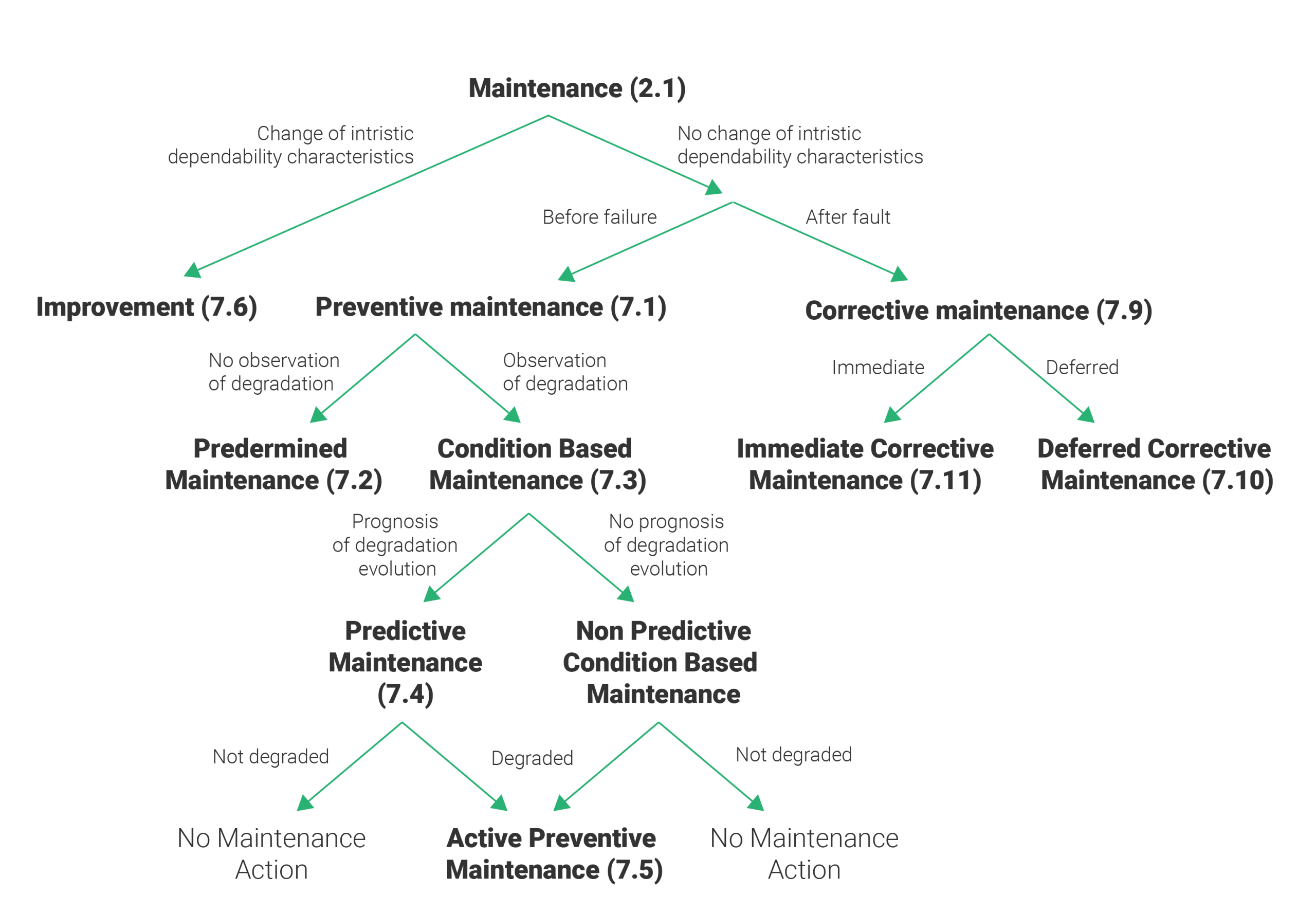
Activity Area #1:
Analysis of technology in the market
and in the pipeline
Lead: PROPHESY
Objectives:
1. Identification of a reference model for compiling existing technology that:
-
provides the means for diverse data collection, consolidation and interoperability
-
supports digital automation functions that will close the loop to the field and will enable “autonomous” maintenance functionalities
-
allows the use of novel concepts (e.g. AR) in maintenance scenarios with particular emphasis on remote maintenance
-
complies with Industry 4.0 standardization
2. Analysis of existing approaches, including:
-
competitor analysis
-
technology maturity analysis
Main activities:
1. ForeSee Cluster reference architectural model
-
Mapping ForeSee Cluster projects’ architecture and components to the reference architecture, e.g. RAMI 4.0
-
Alignment to Predictive Maintenance related Standards, e.g. EN 13306, EN 17007
2. Database providing Predictive Maintenance state-of-the-art approaches,
technologies and platforms
Activity Area #2:
ForeSee Predictive Maintenance
concept for the Factory of the Future
Lead: PROGRAMS

Objectives and main activities:
1. Identification of the scientific and technological
common ground that links the Foresee Cluster projects:
Scientific:
-
Reliability-based maintenance approaches
-
Trustworthy predictive maintenance
-
Trend reference models for prediction of equipment condition
-
Integrated quality-maintenance methods and tools
-
Synchronise maintenance with production planning and logistics
-
Failure modes, effects, and criticality analysis (FMECA) techniques
-
Physically-based models
-
Optimization of availability, maintainability, quality, safety while considering the system as a whole and throughout the production lifecycle.
-
Transferability to different industrial sectors (versatility)
Technological:
-
Integration of very different actors (common platform vs networks of Smart Objects Technologies)
-
Standard communication protocols and data formats
-
Vertical and horizontal scalability
-
Security at all levels
-
Data safety
-
Big data management
-
Low level data collection, filtering and cleaning
-
Exploitability from low CPU power end points (mobiles)
2. Creation of a common reference model that allows
depicting all ForeSee Cluster projects workflows
-
Select and agree on a general model to cover all projects architectures (e.g. RAMI 4.0)
-
Adapt the general model to specific project needs to allow further indentification if integration of cluster solutions is possible

Activity Area #3:
Trend-setting
for the future factory
Lead: Z-BRE4K
Objectives and main activities:
1. Interoperability of future factory approaches for PdM
-
Retrofitting of physical models design
-
RUL estimation
-
FMECA
-
Digital twins
-
Data spaces
-
Cognitive manufacturing
-
Industrie 4.0 and RAMI compliance
2. Applications of key indicators for PdM
-
Maintenance Terminology – EN 13306:2017

3. Identifications of available maintenance standards
-
Describe the maintenance landscape
-
Identify the knowledge required at different levels of:
-
Technical director / Physical asset manager
-
Maintenance manager
-
Maintenance engineer and supervisor
-
Maintenance technicians
Activity Area #4:
New model for sustainable factories
through efficient predictive maintenance
Lead: PRECOM

Objectives and main activities:
-
ForeSee business model: Predictive Maintenance offered as a service
-
Regulatory aspects
-
Data ownership and management

Activity Area #5:
Skills building paradigm
for predictive maintenance
Lead: SERENA
Objectives and main activities:
1. Education and training methods on the new PdM methods and platforms
-
Training on maintenance strategies and reliability metrics
-
Virtual predictive analytics and AI techniques
-
Live data stream and application of data analytics
-
Simulated maintenance operation planning and operations
-
Provision of training materials and test releases
2. Roadmap and future trend for the industry
-
Condition monitoring and assessment at the edge
-
Data transfer to the cloud
-
Predictive analytics and fault diagnosis/prognosis
-
Maintenance operations management
-
Standardisation
Activity Area #6:
Community building
and dissemination
Lead: UPTIME

Objectives:
-
To build a sustainable European industrial and academic community for predictive maintenance
-
To create opportunities for joint exploitation
-
To foster transfer of expertise and best practices
Main activities:
1. Dissemination
-
Improve academic results by collaboration on common topics
-
Improve dissemination impact and awareness based on joint initiatives
-
Exchange best practices
2. Community Building & Management
-
Establish infrastructure for cluster community management
-
Widen outreach by combining existing project communities
-
Foster a broad ecosystem of potential customers
3. Synergies with other Initiatives
-
Exchange best practices on cross-cutting topics
-
Increase awareness of predictive maintenance in other communities
-
Capture new channels for exploitation of cluster results

ForeSee is a cluster of six projects, which have received funding from the European Union’s Horizon 2020 research and innovation programme under the FoF9 call.
